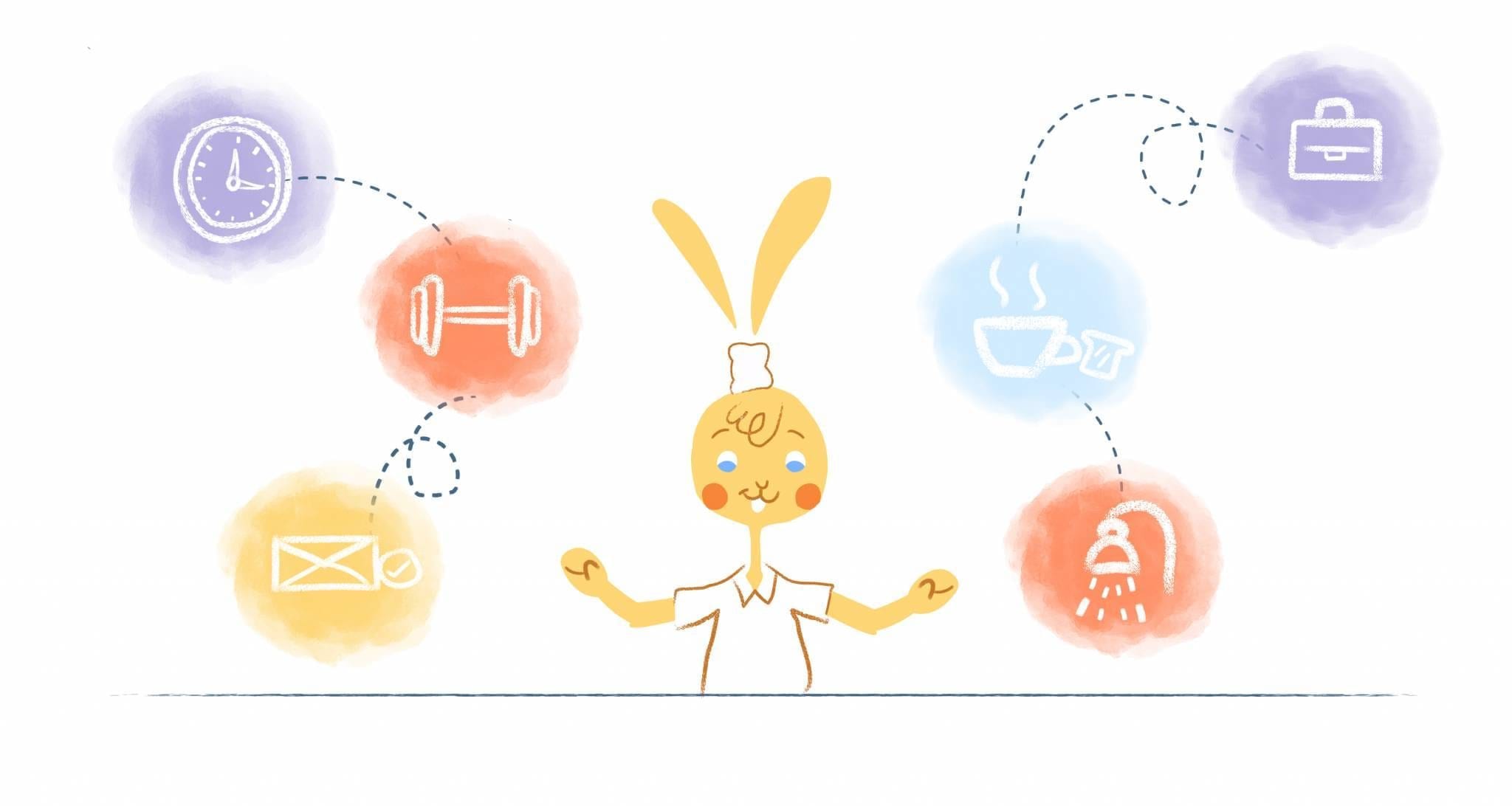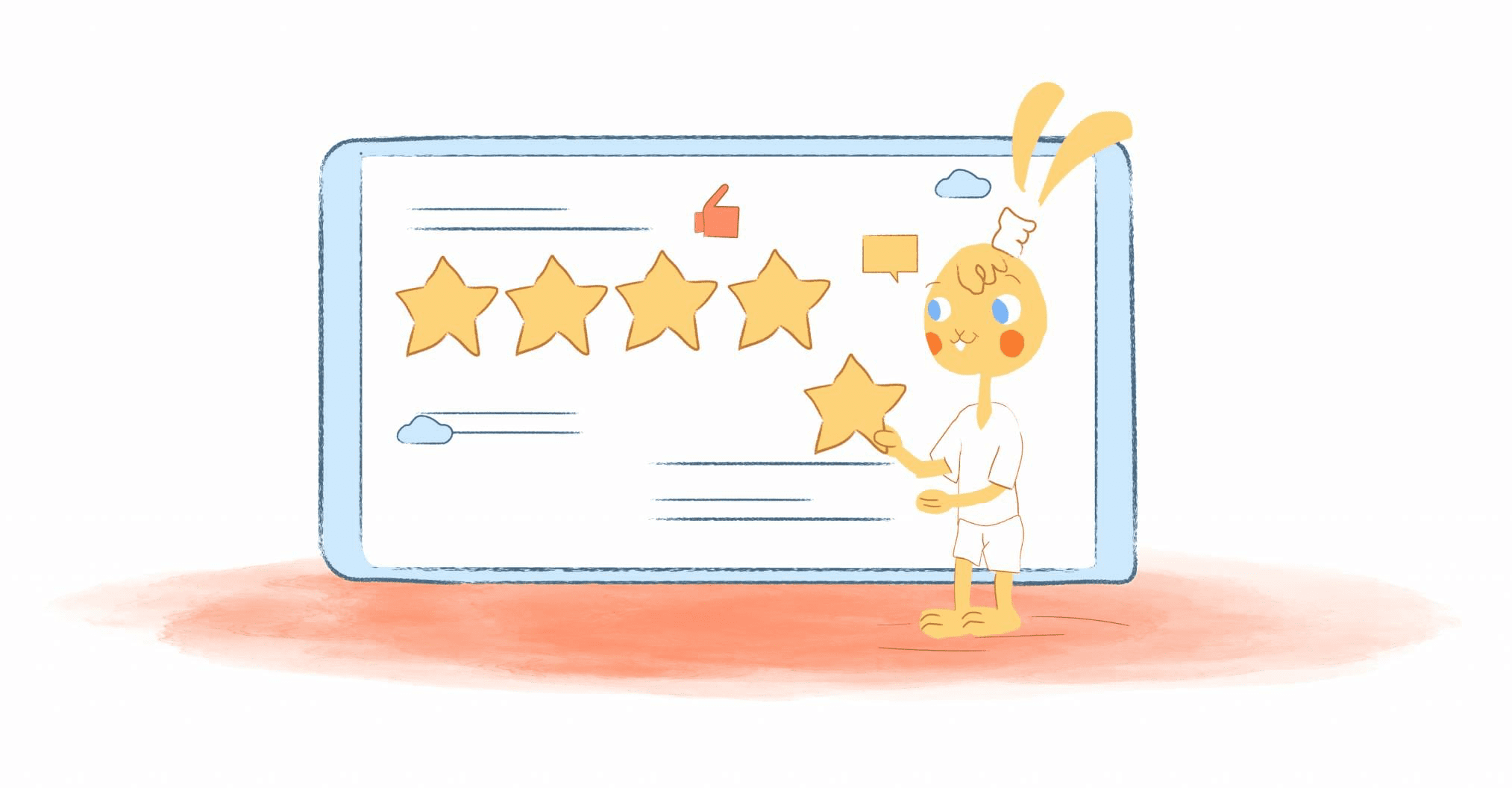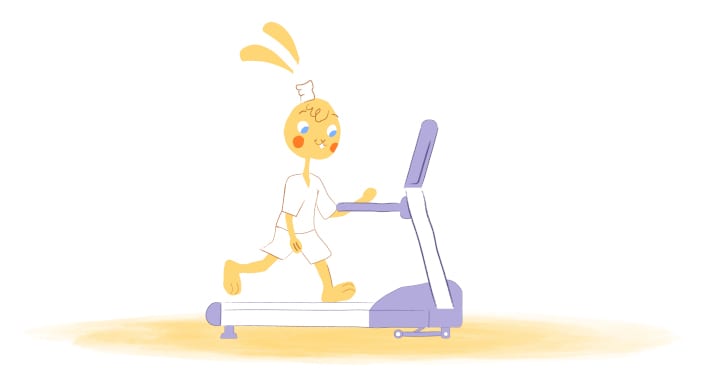

Does your digital life ever feel like a battlefield? After all, it’s hard to stay organized with overflowing inboxes, endless notifications, and a cluttered desktop. Technology always humming makes you feel overwhelmed, stressed, and less productive.
That might sound hyperbolic. But just consider the smartphone you’re undoubtedly holding right now. According to research, the average smartphone has more than 80 apps installed. Though, not all of those apps are being used. On average, people use nine mobile apps daily and 30 apps monthly.
The good news is that you can achieve digital nirvana by streamlining your digital life. A few key strategies and powerful tools can transform your digital chaos into a calm and efficient environment.
The Toll of Digital Overload
First, let’s examine the costs of digital overload. In the digital age, a constant flow of information significantly affects our productivity and well-being. As a result of information overload, you may experience:
- Decreased focus and attention. As a result of the constant barrage of stimuli, it isn’t easy to focus on any one thing at a time.
- Increased stress and anxiety. Anxiety and chronic stress can result from feeling overwhelmed by digital demands.
- Decision fatigue. Constantly making decisions about emails, messages, and notifications can drain our mental resources as well.
- Wasted time. Finding lost files or going through unread emails consumes valuable time that could be better used elsewhere.
- Reduced creativity. Too much information can impair creative thinking, making it difficult to generate new ideas.
The Roots of the Problem: Why Digital Life Gets Messy
Although digital overload has high costs, why do we do this to ourselves? Before we delve into solutions, let’s take a closer look at the culprits:
- Information overload. An abundance of information bombards us every minute—emails, social media updates, news alerts—all vying for our attention. In such a constant barrage, it is difficult to focus on what is truly important.
- Disorganization. There is a sense of disarray when files are scattered, inboxes are overflowing, and notifications are unread. Without a clear system for managing our digital assets, it’s easy to lose track of important information.
- Distractions galore. The allure of online games and social media notifications distract us from our tasks on our digital devices. Constant interruptions fragment attention and hinder our ability to accomplish tasks.
- Lack of automation. The repetitive nature of many digital tasks consumes valuable time, and managing them without automation tools can become a constant burden.
The Path to Digital Zen
Thankfully, you can take back control of your digital life. To achieve digital tranquility, let’s look at some key strategies:
Tame your inbox.
Among Microsoft users, 57% spend time in meetings, emails, and chats, compared to 43% creating documents, spreadsheets, and presentations, according to a Microsoft report. Additionally, the top 25% of users spend nearly nine hours per week on email.
For those interested in regaining control over the digital world, your inbox is probably the best place to start.
- Unsubscribe mercilessly. If you don’t read the emails you receive, unsubscribe from them. In addition, you can unsubscribe from unwanted messages using a third-party service. Some suggestions include Sanebox, Clean Email, Mailstorm, or Leave Me Alone.
- Use folders and labels to organize your files. Label your emails and organize them by using folders. You can make your email management more efficient by categorizing emails by sender, project, or importance.
- Let filters do the work for you. Using email filters, you can automatically categorize and prioritize messages. This will prevent you from losing important emails.
Organize your digital workspace.
It is important to keep your digital workspace organized to improve productivity and efficiency. This will reduce the time spent searching for documents and allow easy access to important information.
Furthermore, an organized digital workspace promotes mental clarity and reduces stress by providing a sense of order and control.
To get you started, here are some steps;
- Declutter your desktop. Don’t keep unnecessary digital files or folders. Also, create a system that works for you and organizes the remaining files logically.
- Implement file-naming conventions. Be consistent with the naming of your files. As a result, it will be easier for them to be found and categorized in the future. A few examples of file-naming conventions to use are: combining the date with a brief description of the content (e.g., “2022-01-10 Meeting Notes”), naming a project or client with a brief description (e.g., “Project X – Marketing Strategy”), or naming files in numerical order (e.g., “001 – Monthly Report”).
- Take advantage of cloud storage. Cloud storage services like Google Drive or Dropbox can store important files and documents. In case of hardware failure, you can access your files from any device.
- Become savvy with bookmarks. Don’t rely on your browser history to remember important websites. Instead, put your bookmarks in folders so they are easy to find.
- Clean up your desktop with desktop cleanup tools. Your operating system probably has tools for cleaning your desktop and organizing your files. Free PC optimizers such as Fortect and CCleaner make it easy for desktop computers and laptops to run faster.
- Minimize apps. If you don’t use an app regularly or it has less productive alternatives, delete it.
Silence the noise.
Constant notifications can significantly hinder productivity by interfering with focus and concentration. As a result, it is difficult to stay focused on tasks and complete them efficiently.
In addition, the constant inundation of notifications can contribute to feelings of overwhelm and increased stress.
You can, however, silence the noise by using the following methods;
- Turn off unnecessary notifications. If the app notification is not urgent or time-sensitive, disable it.
- Put your phone in “Do Not Disturb” mode. You can schedule concentrated work time on your devices by using “Do Not Disturb” modes. Likewise, you can turn on “Airplane” mode on your phone to do the same.
- Take advantage of “Focus Modes.” Today, many devices offer focus modes that block notifications for a specified period. When you need to examine a task in depth, use these features.
Harness the power of automation.
You might think this is counterproductive. However, don’t view technology as the enemy. There are many tools available to streamline your digital life through automation:
- Take advantage of scheduling tools. You can automate appointment scheduling using services like Calendar.
- Tools for managing passwords. Using tools like 1Password, you can securely store and automatically fill login credentials for various websites and apps.
- Automate repetitive tasks. Find out which tools to automate repetitive tasks such as data entry, social media posting, and file management.
- Automated file backups. To ensure data security, implement cloud-based backup solutions.
- Bring smart assistants into your life. Smart assistants like Google Assistant and Siri can help you automate your smart home, set reminders, take notes, and more.
Master the art of batching.
Despite what you may believe, it’s a myth that you can multitask. To maximize focus and efficiency, similar tasks should be grouped together. Here are some examples:
- Schedule dedicated email response times. Instead of checking emails constantly, address them in batches throughout the day.
- Group similar social media activities. Schedule specific times for posting, commenting, and interacting on social media.
- Batch file downloads and uploads. Organize when large files will be downloaded, or videos and photos will be uploaded.
Cultivate a digital detox habit.
Regularly taking breaks from the digital world isn’t just about relaxing. It’s actually a productivity booster. When we return to our digital jobs after disconnecting, we are more focused, creative, and mentally clear.
To help you, here are some tips:
- Keep a schedule for digital maintenance. Every week or month, dedicate some time to cleaning up your inbox, organizing files, and unsubscribing from unwanted emails.
- Explore real-world alternatives. Take advantage of alternative ways to unwind and connect. Take time to read a book, spend time outdoors, or engage in a hobby.
- Digital detox weekends. Set aside specific weekends or days for unplugging.
- Designate “offline” zones. Establish “offline” zones in your home, such as your bedroom.
Tailoring Your Approach
Personalization is the key to streamlining your digital life. As such, test out different methods and see which works best for you. There may be people who thrive on meticulously organized calendars, while others may prefer a more flexible approach.
Whatever style you prefer, the strategies outlined above will help you get started.
Beyond Productivity: The Importance of Digital Wellness
In addition to increased productivity, streamlining your digital life offers several other benefits. To foster calm and well-being, you need to reduce information overload and reclaim control of your digital environment. The result can be improved sleep patterns, reduced stress levels, and a better sense of time and attention management.
FAQs
What are the signs I need to streamline my digital life?
Some common signs that indicate a need to streamline your digital life include the following:
- How many emails, notifications, and messages do you receive overwhelm you?
- Using social media, digital devices, and other digital media excessively.
- Finding essential files and documents among cluttered folders can be difficult.
- Digital distractions are preventing you from focusing and performing your best.
How do I get started with streamlining my digital life?
Take the following steps to get started;
- Conduct an audit. Make a list of all your online accounts, subscriptions, and devices.
- Ruthlessly prioritize. Find out which accounts and services you use most frequently. If you are not using them, consider deactivating or deleting them.
- Organize your files and folders. Establish a system for storing and retrieving documents that is easy to understand and navigate.
- Unsubscribe from unwanted emails and notifications. Silence unnecessary alerts and declutter your inbox.
What tools can help me streamline my digital life?
- Password managers. Ensure that your complex passwords are stored securely by using a password manager.
- Cloud storage. Ensure important files are stored online to be accessible and secure.
- Scheduling apps. This allows you to maintain an effective calendar and manage deadlines.
- File management apps. Using these apps, you can efficiently organize and categorize your digital files.
How can I maintain a streamlined digital life?
- Schedule regular decluttering sessions. Spend some time reviewing and organizing your digital space.
- Automate where possible. Back up your files or categorize your emails using tools automatically.
- Be mindful of online activity. Don’t download or subscribe to apps impulsively.
Is there a way I can improve my online security?
- Enable two-factor authentication (2FA). This will make your online accounts more secure.
- Beware of phishing scams. Do not click on links or attachments in emails that seem suspicious.
- Keep your software updated. Security vulnerabilities can be addressed by regularly updating your operating system and applications.
Image Credit: Andrea Piacquadio; Pexels











John Rampton
John’s goal in life is to make people’s lives much more productive. Upping productivity allows us to spend more time doing the things we enjoy most. John was recently recognized by Entrepreneur Magazine as being one of the top marketers in the World. John is co-founder and CEO of Calendar.